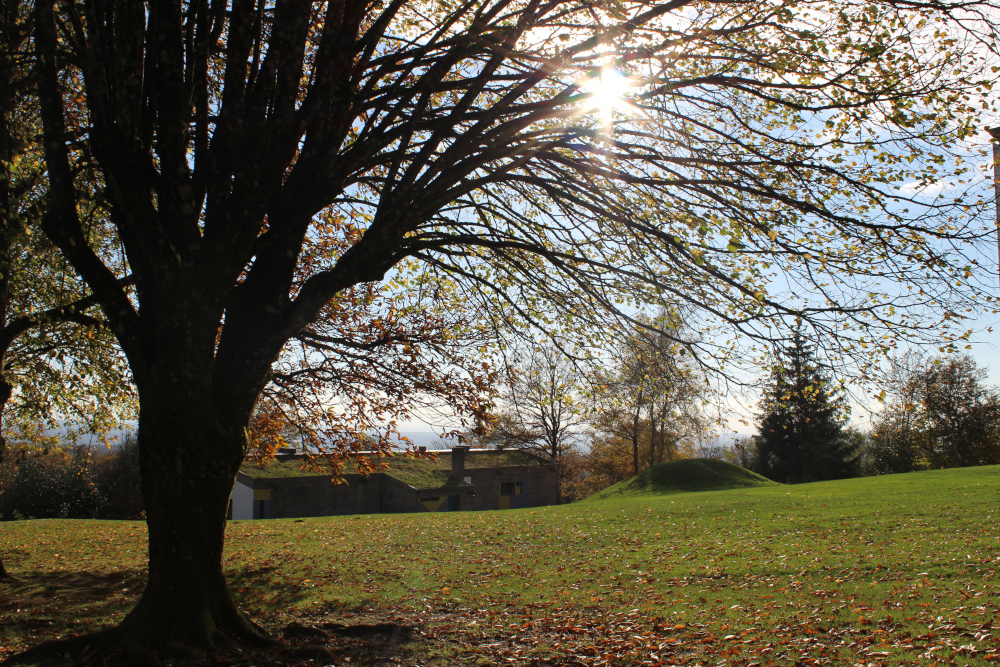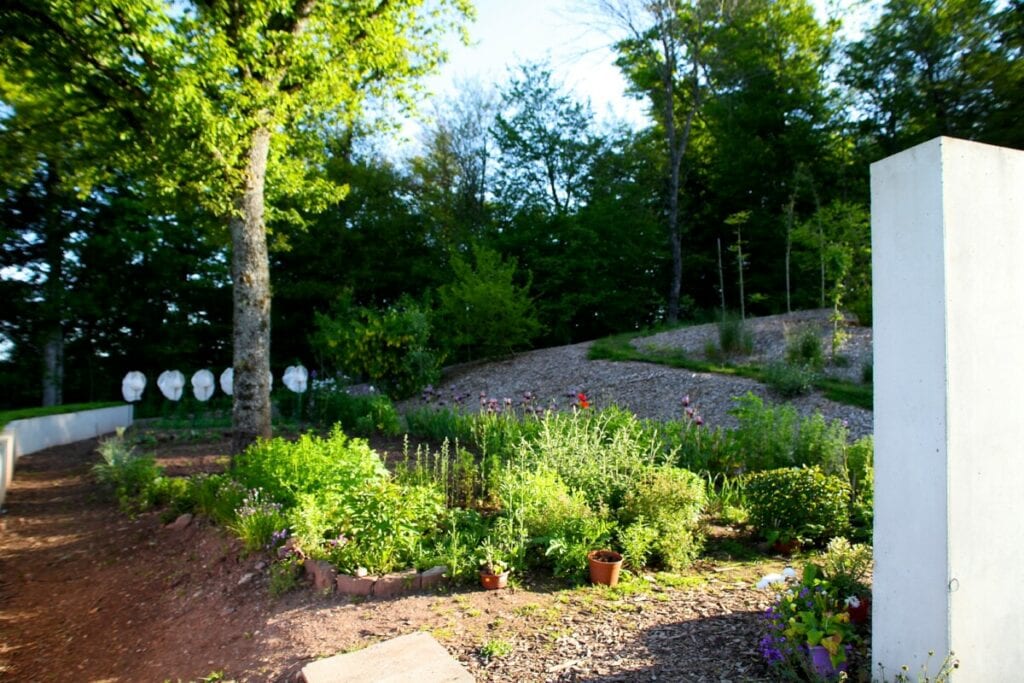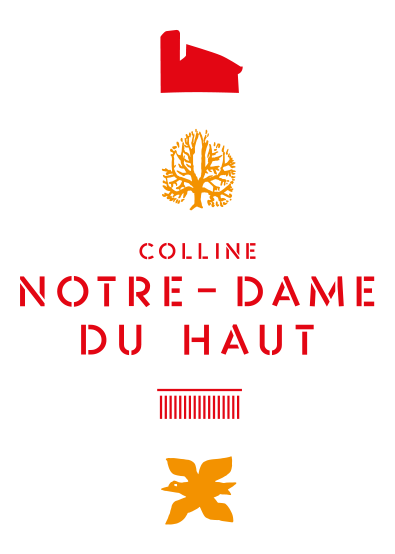- Discovering the Hill
- No content found
- Plan your visit
- No content found
- Agenda
- Shop
PARIS (75), 1901
NANCY (54), 1984
Prouvé was born into a family of artists, in Paris. He studied wrought iron and metal remained the material of his efforts all along his career.
As early as the 1930’s, Jean Prouvé was an architect and a furniture designer full of modern audacity, like Le Corbusier. His creed was to create well-designed, comfortable, and functional furniture that anyone could buy.
This is the reason why he thought thoroughly of mass-producing his creations, a field where he is deemed a pioneer in France.
Consulted as an expert on many building sites after WW II, he took part in the design of such buildings as the Palais omnisports de Bercy (1983) and the Tour Nobel (1966) in Paris.
He also worked with Le Corbursier for a long time, for instance at the Cité Radieuse, for which he designed some of the furniture.
As the President of the jury in charge of nominating an architect for the building of Centre Georges Pompidou in Paris, he contributed to the choice of the project by Renzo Piano and Richard Rogers.
In 1981, Jean Prouvé was awarded the Erasme Prize as a reward for contributing to the development of European culture.
“NEVER DESIGN ANYTHING THAT CANNOT BE MADE”
JEAN PROUVE


Building with metal, environmental care, paid vacations… On many aspects, Jean Prouvé was ahead of his time.
Architecture, engineering, furniture, he was interested in everything and above all in steel.
He particularly wanted to build cheap standardized houses for everyone.
“Better days” house, designed for Father Pierre in 1956, is an example of this kind of houses.
The bedrooms and the living-room are organized around a circular central pod (the “monobloc”) which consists of the kitchen, the shower, the heating and the ventilation systems.
This very clever house could be built in 7 hours only.
Mobile and easily dismantled, the houses by Jean Prouvé had to respect their environment and could disappear without leaving any mark.
At a very young age, Jean Prouvé turned to metal for his activity.
Among other things, he realized grids and railings for banks and a number of buildings in Nancy. He then was commissioned by Robert Mallet-Stevens between 1926-1928, which made him better known.
Jean Prouvé is very famous for his iron architectural structures, as well as for his furniture.
He rejected the decorative aesthetics inherited from the 19th century. He claimed that a piece of furniture is beautiful when it shows its structure, the forces and stress that he is submitted to.
He sees his activity of “constructeur” (as Le Corbusier had it) as a continuum, which does not separate building from furniture designing.
In this regard, Jean Prouvé refused to be called a “designer”.
His standard chair is the most famous and most striking example of his idea of furniture: its back feet, made of folded sheet metal, are reinforced because this is where the body weighs most.
As he wished to work for everybody, he designed furniture for children, students (“Cité Universitaire” in Antony), families…
He also designed furniture with Charlotte Perriand, a close friend of his. Together, they designed revolutionary home furniture.
The ‘’passe-plats” (serving hatch) pieces of furniture have become iconic.
Jean Prouvé created great standards of modern design. As his firm in Maxéville shut down in 1953, Vitra (Switzerland) took over the production of his furniture. Vitra has exclusive rights to the designer’s creations.

13 rue de la Chapelle
F-70250 Ronchamp
+33 (0)3 84 20 65 13
Contact
Until Friday 18 April 2025: 10am to 5pm
From Saturday 19 April 2025: 10am to 6pm
From Monday 12 October 2025: 10am to 5pm
Last admission: 30 minutes before closing time. Closed on 25 December and 1 January
For journalists
Connect
Educational resources
To go further
+33 (0)3 84 20 73 26
Contact
Réalisation DN Consultants